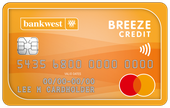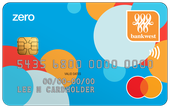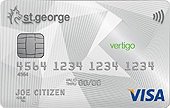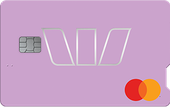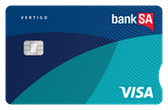A student credit card allows you to make purchases and defer payments while attending university or TAFE. The card will charge interest or a monthly fee, depending on how long you take to repay your spending.
Although no credit cards are specifically designed for students in Australia, many cards are well-suited to students' needs. These include cards with low interest rates and minimal fees, which can help minimise expenses during your studies. By comparing the available options, you can find a credit card that aligns with your financial situation and helps you manage your spending while pursuing your education.

David Boyd, co-founder of Credit Card Compare, explains,
If you're a university or TAFE student looking to get your first credit card, look out for entry level cards that forego the rewards and bonuses of higher level cards and focus on affordability and practicality. Since students typically need to manage their finances carefully, look for low annual fees and low interest rates to save where you can. Use a credit card responsibly, build credit, and give yourself the option of applying for a better credit card later when you have the income and credit report to support it.
Why credit cards are useful for students in Australia
Student credit cards provide a stepping stone for young adults with lower incomes to build their credit history. Here are some key reasons why student credit cards are useful.
- Building credit history: By using a student credit card responsibly, students can establish a positive credit history from an early age.
- Financial education: Credit cards offer an opportunity to learn about budgeting, managing expenses, and understanding the implications of debt.
- Emergency fund: A credit card can provide a financial safety net in case of unexpected expenses or emergencies.
- Convenience: Shopping online, booking travel, and handling day-to-day expenses is generally easier using a card.
How student credit cards work
A student credit card functions like a regular credit card, but generally have lower credit limits and a fee structure to match.
- Credit limit: Student credit cards often have lower credit limits than standard credit cards to help manage spending. Some of the easy approval credit cards are most applicable to students.
- Fees: Many student credit cards have lower fees or no annual fees to make them more accessible to students.
- Benefits: Some student credit cards offer rewards or cashback incentives for specific categories such as groceries, textbooks or frequent flyer points.
- Qualifications: You may need to demonstrate enrollment in a university or college to qualify.
- Responsibility: It's essential for students to use their credit cards responsibly to avoid accumulating debt and damaging their credit scores.
Eligibility requirements for student credit cards
Applicants must meet certain eligibility criteria to qualify for a student credit card. These requirements may include:
- Age: Applicants must be at least 18 years old. If you aren't old enough, don't apply.
- Income: Students should meet the minimum income as required by the card's minimum criteria for eligibility. You may need to provide proof of income such as a bank statement.
- Credit history: Younger students may have limited or no credit history, but applying with bad credit makes it considerably more likely to be declined.
What to consider when choosing the best student credit card
As a student exploring credit card options, weigh up the key factors before applying for a card.
- Interest rates: Compare the interest rates offered by different cards to ensure you get a competitive rate. Lower is better in case you end up carrying a balance.
- Fees: Check for any annual fees, late payment fees, or other charges associated with the card.
- Credit limit: Consider the credit limit provided and ensure it matches your spending requirements.
- Rewards and benefits: It's highly unlikely for a student credit card to earn rewards points or come with travel benefits.
